
Welcome to the Experian Thought Leadership Hub
Gain insights into the fast-changing world of consumer and business data through our extensive library of resources.
26 resultsPage 1
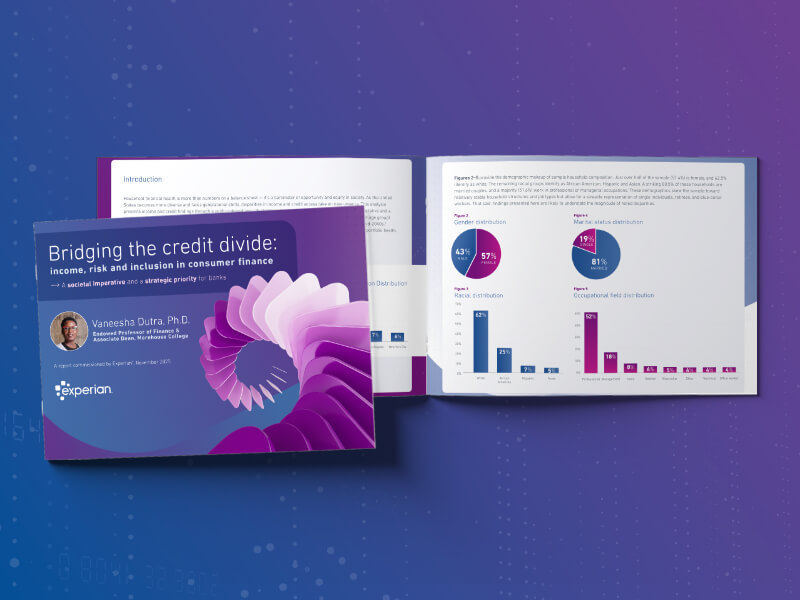 White Paper
White Paper
Read the latest findings about "Closing the credit gap" white paper, and what they mean for financial inclusion and risk management.
Key insights:
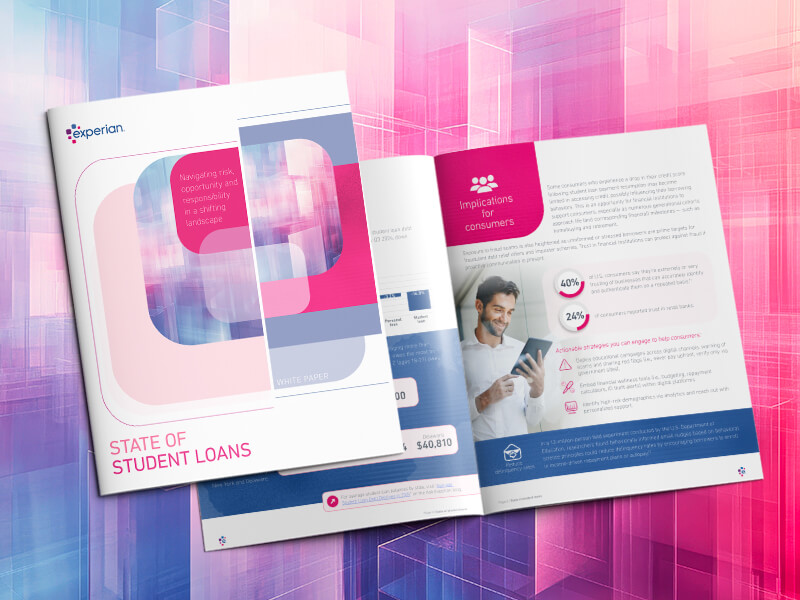 White Paper
White Paper
Explore Experian’s latest State of Student Loans white paper to uncover key trends, borrower insights, and the evolving impact of student debt on financial health. Learn how data-driven solutions can help lenders and consumers navigate today’s student loan landscape.
Key considerations include:
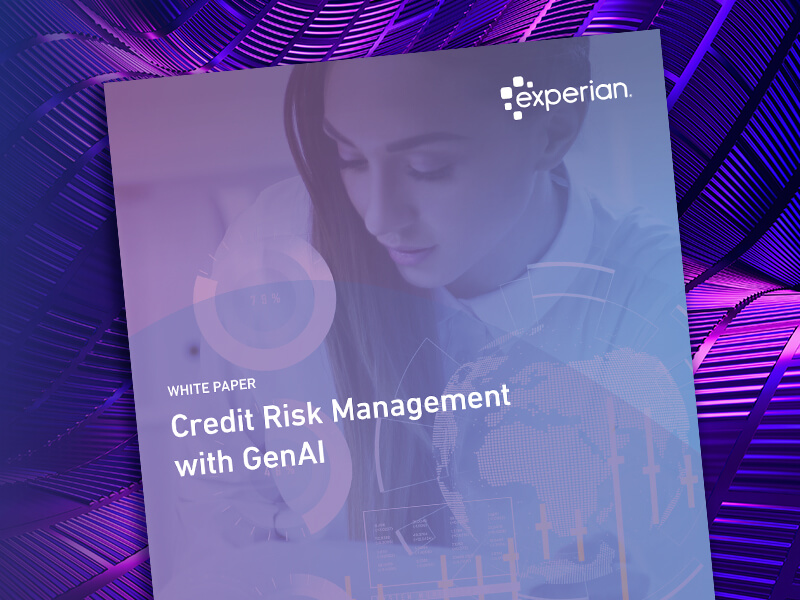 White Paper
White Paper
Generative AI is a powerful force that’s driving higher efficiency and productivity in credit risk management for financial institutions. Read our latest white paper to discover how lenders can improve the credit risk management process to:
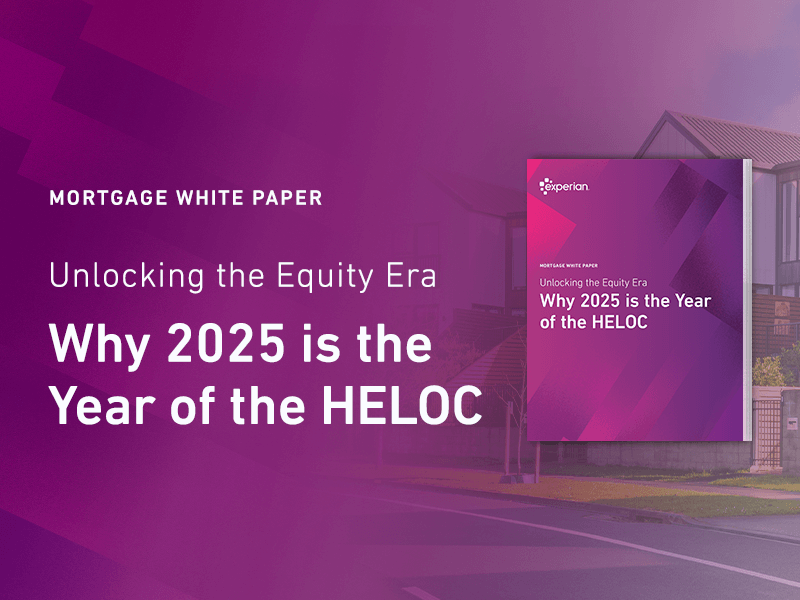 White Paper
White Paper
This white paper explores the transformative potential of Home Equity Lines of Credit (HELOCs) in 2025, a year marked by record-high homeowner equity and shifting consumer credit behavior. It offers data-driven insights into how lenders can tap into the $29 trillion in untapped equity by leveraging advanced analytics, behavioral segmentation, and digital innovation to meet evolving borrower needs.
Key Takeaways:
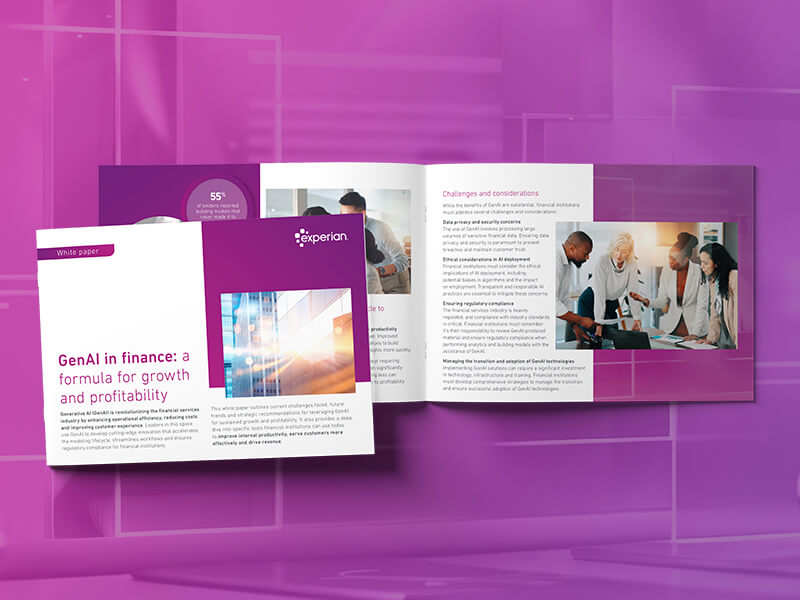 White Paper
White Paper
GenAI isn’t just changing the financial services industry; it’s redefining it. When faced with industry challenges and economic uncertainty, leading financial institutions strategically leverage GenAI to drive business growth and profitability.
Experian’s latest innovation, Experian Assistant, is empowering financial institutions stay ahead of the competition while driving strong business results.
Experian Assistant enables organizations to:
Download our latest white paper to unlock insights into how you can improve internal productivity, serve your customers more effectively and generate revenue.
 White Paper
White Paper
Explore the latest advancements in income and employment verification methods in the mortgage industry. This whitepaper, created in partnership with National Mortgage News, highlights the benefits of instant verification, addresses common pain points, and provides insights from industry professionals. Learn how innovative tools like Experian Verify can enhance customer experience, improve operational efficiency, and offer transparent pricing.
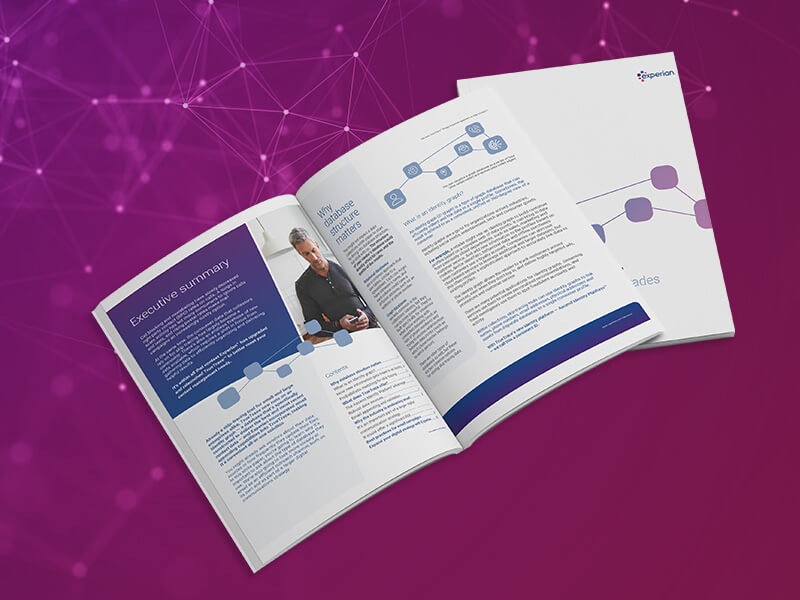 White Paper
White Paper
In today's fast-paced world, locating individuals quickly is crucial for debt collectors and lenders. TrueTrace™, Experian’s leading skip tracing software, has undergone significant enhancements, improving data accuracy and expanding data sources.
These upgrades offer:
Call blocking, mislabeling, and increased scam activity have led to a decline in RPC rates. TrueTrace addresses these challenges with enhanced data accuracy, using an identity graph to tie data from disparate sources to a unique identity profile for each consumer.
TrueTrace's enhancements represent a significant advancement in skip tracing technology, helping businesses achieve better results and operational efficiency.
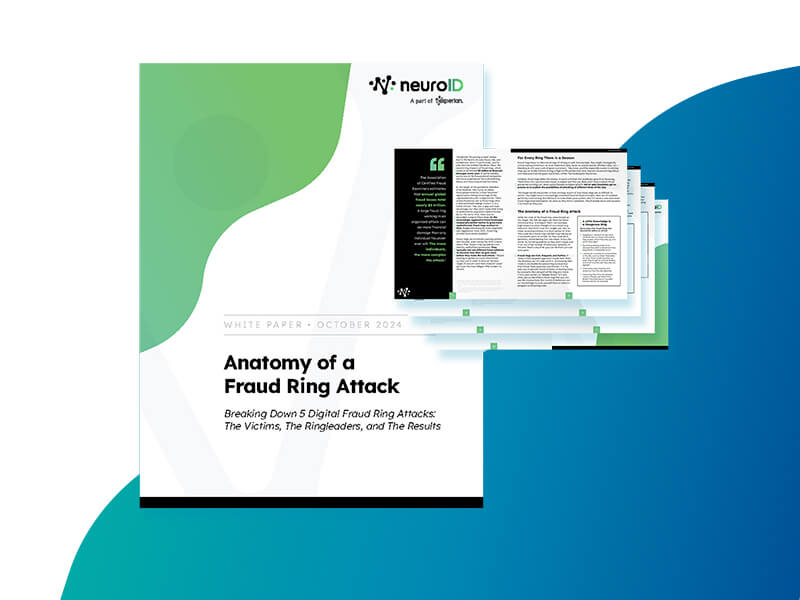 White Paper
White Paper
An analysis of five fraud ring attacks across five different digital industries, including a breakdown of who was targeted and why, background information and future predictions on evolving fraud ring styles and strategies, and investigations into how fraud rings choose their victims.
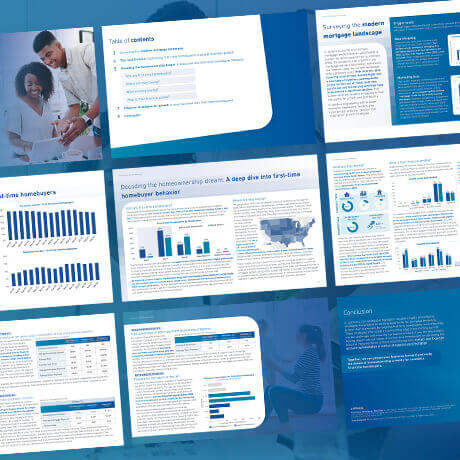 White Paper
White Paper
As interest rates soften, pent-up demand stands poised to surge once affordability shifts. Given this environment, it's imperative to reassess your lending strategy to recognize new avenues for growth. We've examined the first-time homebuyer segment to identify credit-qualified prospects and offer insights on potential opportunity areas.
Download our white paper to deepen your understanding of first-time homebuyers and learn best practices for how to successfully identify and engage this audience to help your business drive more sustainable growth.